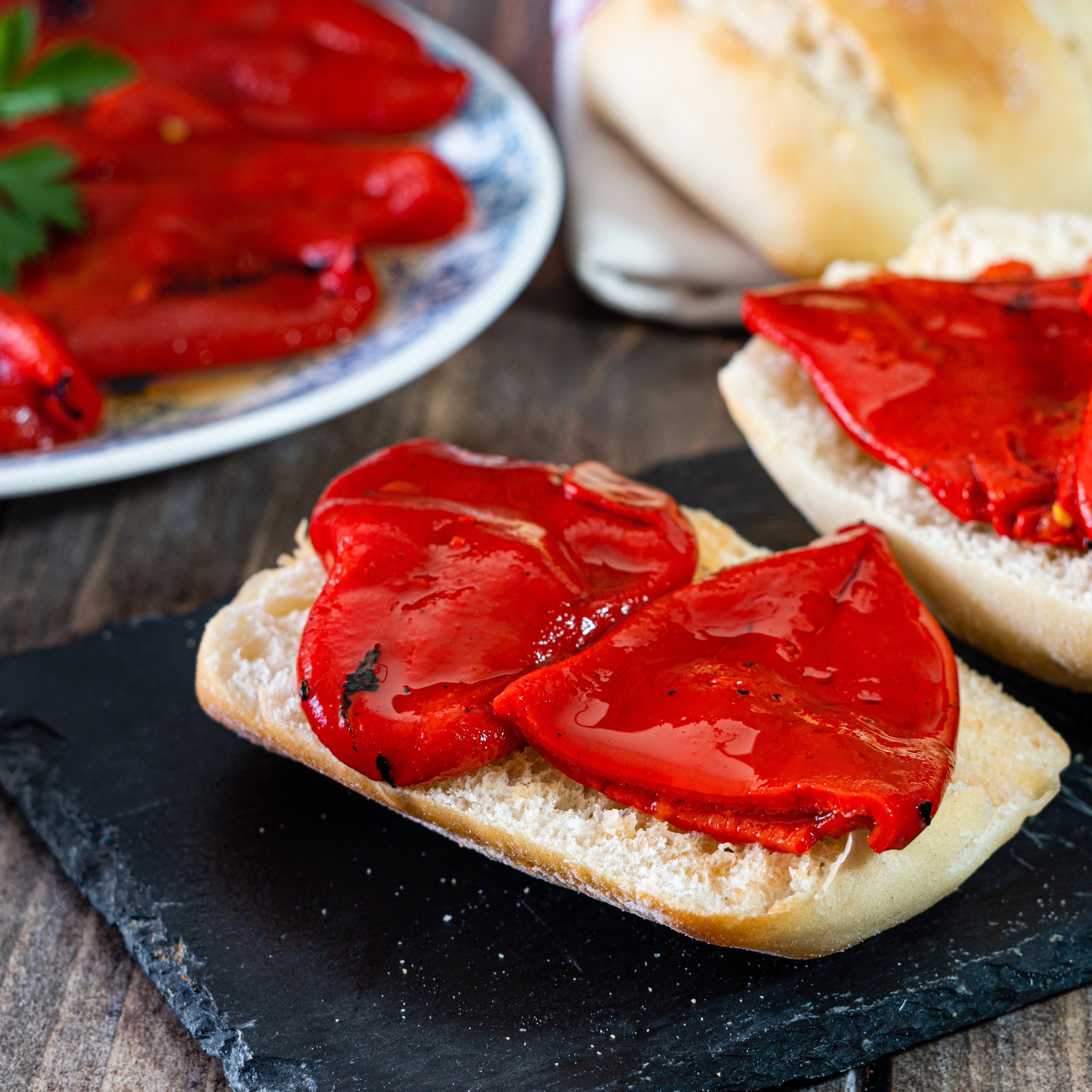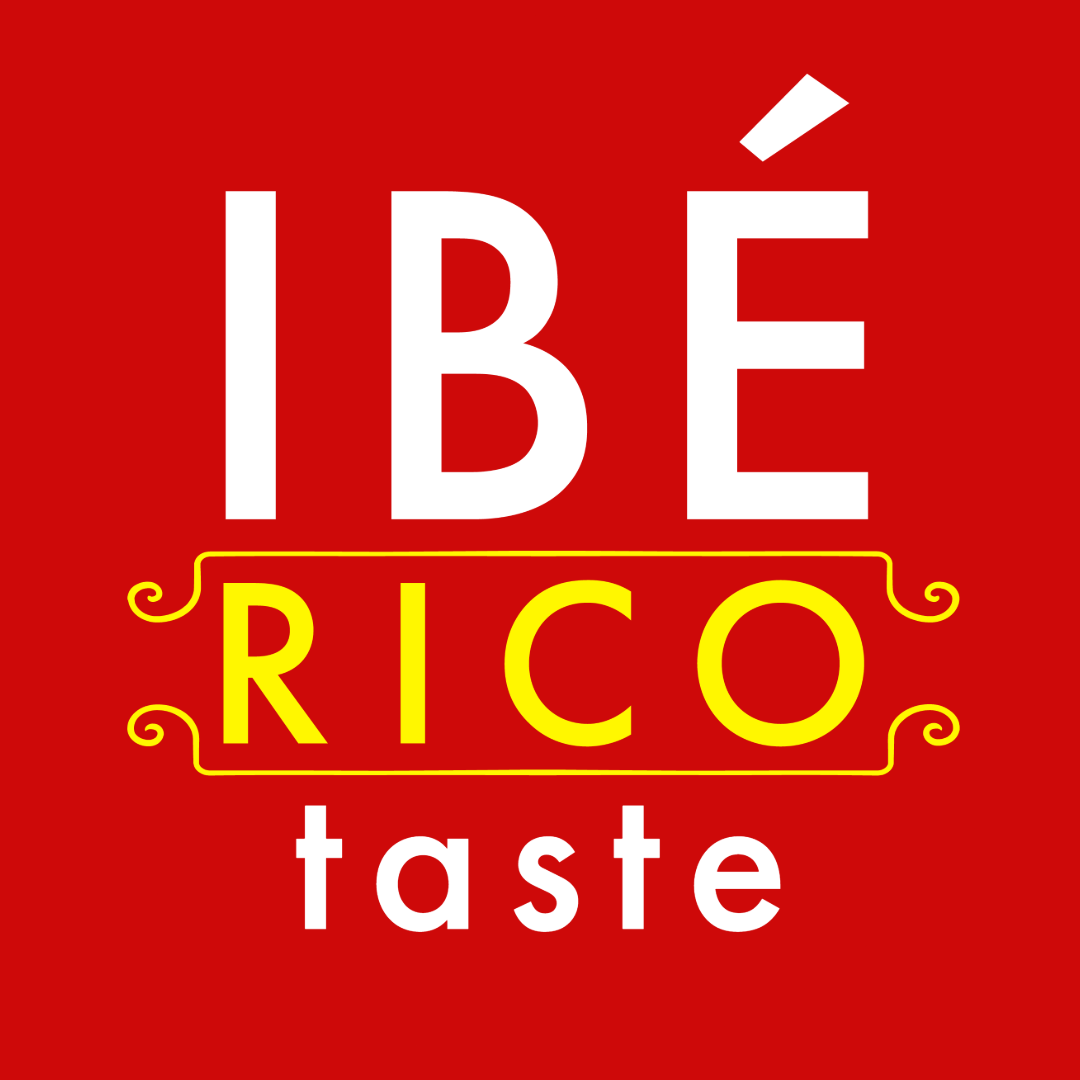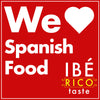
The Ultimate Guide to Spanish Delicacies: What to Try First
by Guillermo Pabon Garcia
on Apr 04, 2024
Introduction to the best Spanish Food
These dishes highlight Spain's delicious flavors and culinary heritage, providing a delightful dining experience you won't want to miss.

Regional specialties across Spain
In Spain, each region has its own unique dishes that are a must-try when visiting. Paella is famous in Valencia, while Pulpo a la Gallega is a favorite in Galicia. Patatas Bravas from Madrid and Salmorejo from Andalusia are also popular choices. When traveling through Spain, be sure to savor these regional delights to truly experience the diverse culinary culture of the country.
Tapas culture and must-try tapas
When visiting Spain, experiencing tapas culture is a must. Tapas are small appetizers or snacks that are a significant part of Spanish culinary tradition. Must-try tapas include patatas bravas (spicy potatoes), jamón ibérico (cured ham), tortilla española (potato omelette), gambas al ajillo (garlic shrimp), and pulpo a la gallega (Galician-style octopus). As a side dish, Spanish olives and potato chips are always a great choice. These flavorful dishes are best enjoyed with a glass of sangria or tinto de verano.
Traditional desserts and sweets
Spanish traditional desserts and sweets are a must-try when exploring the culinary delights of Spain. Some popular choices include flan, churros with chocolate, and turron candy. These treats are often rich in flavor, showcasing the country's love for ingredients like almonds, cinnamon, and caramel. When in Spain, be sure to indulge in these delectable delights to get a true taste of the country's sweet side.

Spanish wines and beverages to accompany your dishes
Spanish cuisine offers a wide array of wines and beverages to complement your dishes perfectly. Here are some options to consider:
- Rioja wine, a popular choice from the Rioja region, known for its fruity and oaky flavor.
- Cava, a sparkling wine similar to champagne, perfect for celebrations and special occasions.
- Sangria, a refreshing drink made with red wine, fruits, and sometimes a splash of brandy.
- Tinto de Verano, a refreshing summer drink made with red wine and soda, ideal for hot days.
- Sidra, a traditional Spanish cider that pairs well with a variety of dishes.
Whether you prefer a bold red wine or a light and crisp beverage, Spanish wines and beverages offer a diverse selection to enhance your dining experience.
Unique ingredients in Spanish cuisine
Spain is known for its diverse and flavorsome cuisine, which often incorporates unique ingredients. Some essential elements you might encounter in Spanish dishes include:
- Saffron: A vibrant and aromatic spice that adds a distinct flavor and color to various dishes. Buy Saffron here.
- Pimentón: Spanish smoked paprika that comes in different varieties, such as sweet, bittersweet, and hot, to elevate the taste of dishes. Buy Pimentón here.
- Piquillo Peppers: These small, sweet, and tangy peppers are commonly used in Spanish cooking, adding a unique flavor profile. Buy Piquillo Peppers here.
Exploring these distinctive ingredients is a great way to dive into the rich tapestry of Spanish flavors and culinary traditions.

Cooking techniques and influences in Spanish cuisine
Spanish cuisine is a delightful blend of various cooking techniques and influences from different regions and cultures. When exploring Spanish delicacies, you'll encounter a mix of flavors and styles that reflect Spain's rich culinary heritage. From the coastal regions with their focus on fresh seafood to the hearty dishes of the interior, Spanish cuisine offers a diverse range of culinary experiences. Some key cooking techniques and influences you'll find in Spanish cuisine include:
- Use of Olive Oil: Olive oil is a staple in Spanish cooking, used for frying, sautéing, dressing salads, and marinating meats and vegetables. Buy Olive Oil here.
- Regional Variations: Each region in Spain has its own unique cooking style and traditional dishes, influenced by factors such as geography, climate, and cultural history.
- Moorish Influence: The Moors, who once ruled parts of Spain, left behind a culinary legacy that includes the use of ingredients like almonds, saffron, and citrus fruits in Spanish cuisine.
- Seafood and Shellfish: With its long coastline, Spain is known for its abundance of fresh seafood and shellfish. Grilled sardines, paella, and seafood stews are popular dishes that showcase the country's love for seafood. Buy seafood here.
These cooking techniques and influences come together to create a vibrant and flavorful culinary landscape in Spain, making it a must-visit destination for food enthusiasts.
Dining etiquette and cultural norms in Spain
In Spain, mealtimes are seen as important occasions meant to be enjoyed with family and friends. Spaniards typically dine later in the evening compared to other cultures. It's common to find restaurants offering a daily menu, a fixed-price menu for lunchtime that includes multiple courses.
When dining in Spain, it is customary to keep your hands on the table, as leaving them in your lap can be considered rude. Additionally, it is polite to wait until everyone is served before starting your meal. Tipping is not as customary in Spain as in other countries, as service charges are often included in the bill. However, leaving a small tip is appreciated for exceptional service.
Summary and recommendations for your culinary journey in Spain
Spain offers a rich culinary experience with its diverse range of traditional dishes and delicacies. When embarking on your culinary journey in Spain, here are some key points to keep in mind:
- Must-Try Dishes: Start with classic dishes like paella, tapas, and jamón ibérico to truly savor the essence of Spanish cuisine.
- Local Specialties: Don't miss out on regional delicacies such as "pulpo a la gallega " (Galician style octopus) in Galicia or "fabada asturiana " (Asturian White Beans) in Asturias.
- Wine Pairings: Pair your meals with authentic Spanish wines like Rioja or Cava for a complete gastronomic experience.
- Food Markets: Explore bustling food markets like La Boqueria in Barcelona or Mercado de San Miguel in Madrid for fresh produce and a vibrant food culture.

